PPT-Life at the turn of the twentieth century
Author : cheryl-pisano | Published Date : 2017-06-29
Chapter 5 Section 3 NEW IMMIGRANTS US a nation of immigrants Between 1800 and 1880 more than 10 million immigrants came to the US mostly from northern and western
Presentation Embed Code
Download Presentation
Download Presentation The PPT/PDF document "Life at the turn of the twentieth centur..." is the property of its rightful owner. Permission is granted to download and print the materials on this website for personal, non-commercial use only, and to display it on your personal computer provided you do not modify the materials and that you retain all copyright notices contained in the materials. By downloading content from our website, you accept the terms of this agreement.
Life at the turn of the twentieth century: Transcript
Download Rules Of Document
"Life at the turn of the twentieth century"The content belongs to its owner. You may download and print it for personal use, without modification, and keep all copyright notices. By downloading, you agree to these terms.
Related Documents

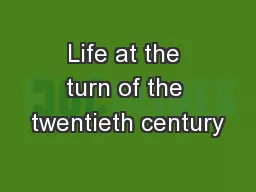
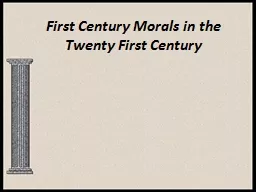
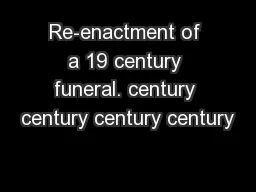
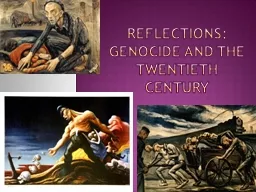
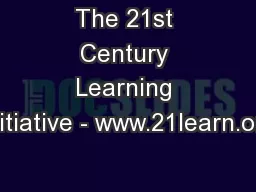
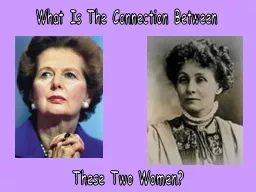
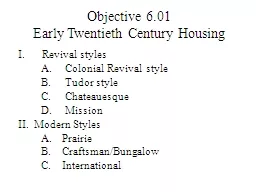
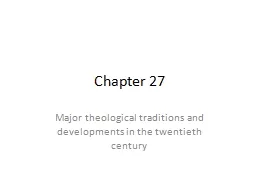

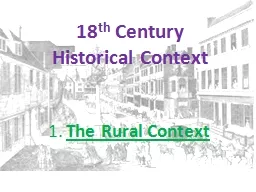
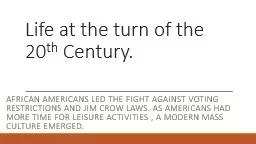
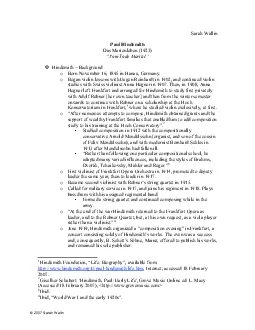
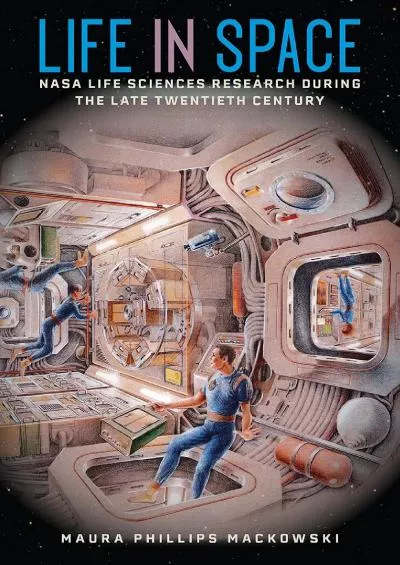
![[BOOK]-Something New Under the Sun: An Environmental History of the Twentieth-Century](https://thumbs.docslides.com/958116/book-something-new-under-the-sun-an-environmental-history-of-the-twentieth-century-world-the-global-century-series.jpg)